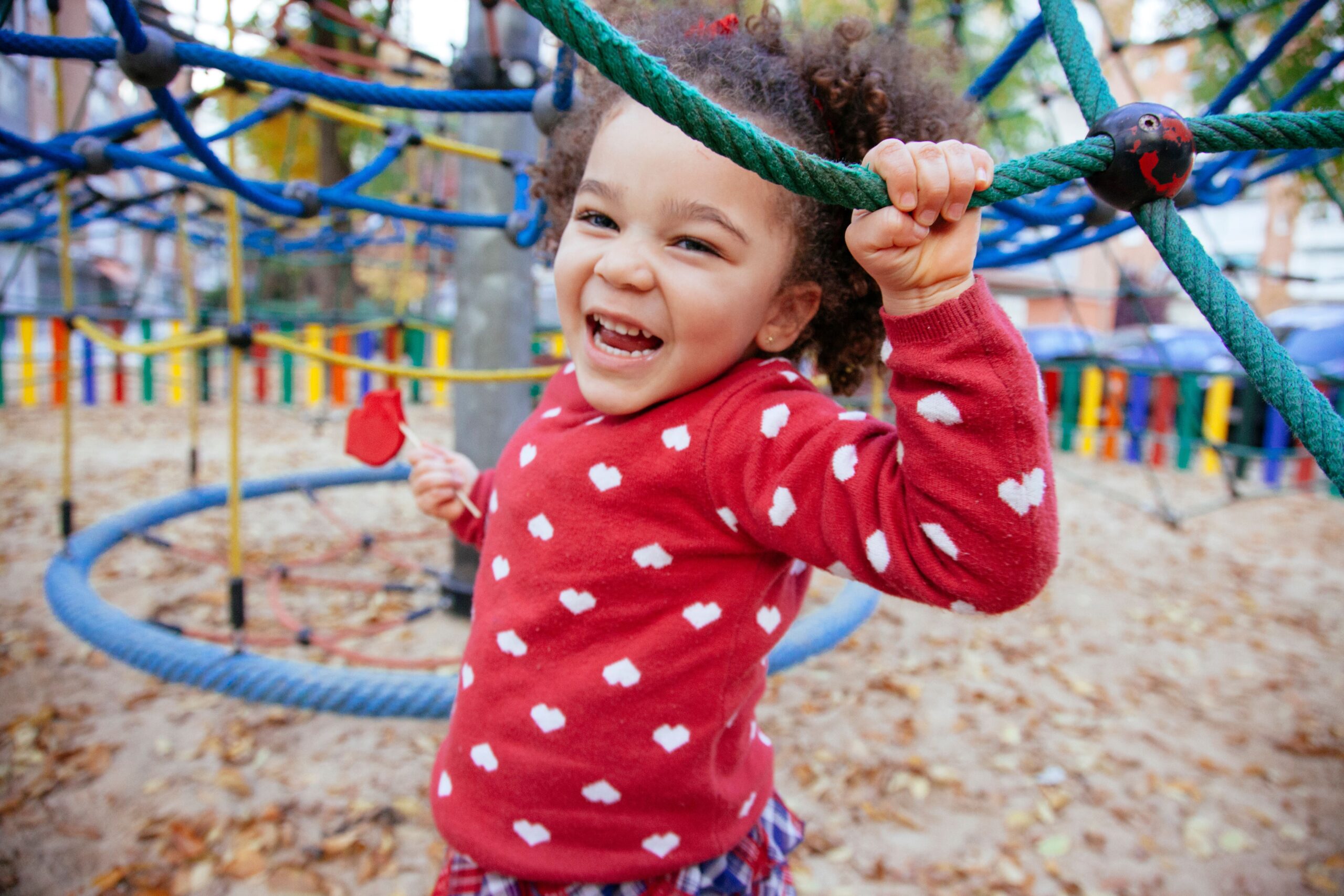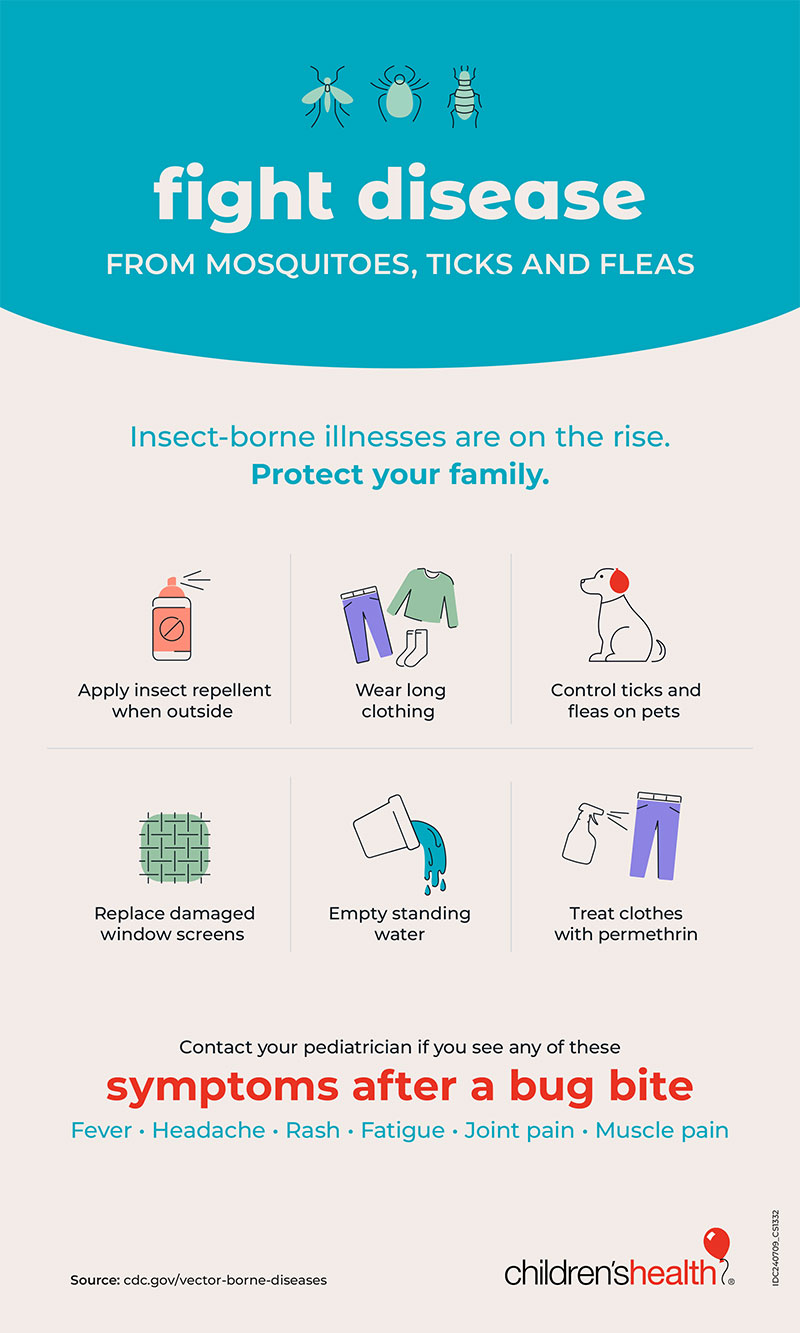Early Childhood and Climate Change
At Early Milestones we advance practice, research, and policy so that every community can provide an environment where children will flourish. It is vital to recognize that young children are vulnerable to the effects of climate change. Caregivers must be aware of the impacts of climate change and take proactive measures to ensure that young children are protected.
Young children are at risk from the effects of climate change including natural disasters, pollution, and extreme heat. Caregivers also experience mental health effects from climate change that can negatively impact their ability to be responsive to the children in their care.[1]
Climate change and early childhood background:
- 90% of the health burden of climate change is experienced by children under 5.[2]
- Stress and trauma can impact a child’s development for life. It impacts their education, economic mobility, and health.[3]
- The effects of climate change are not experienced equally. Marginalized communities are more vulnerable to the effects of climate change.[4]
“[The effects of climate change] are not evenly or randomly distributed; they flow through and are amplified by longstanding inequities in housing, urban planning, community infrastructure, and economic opportunity.” ~Center on the Developing Child
The Colorado Context
Colorado’s annual average temperature has risen by +2.3°F from 1980 to 2022. It is projected to increase by at least another +2.5°F by 2050.[5] This will have profound effects on our state.
The negative impacts of climate change are already hurting Colorado’s young children. 70% of children in Colorado live in counties with unhealthy ozone levels.[6] Exposure to unhealthy air causes lifelong problems such as asthma and poor lung development. This leads to an increased risk of respiratory infections and a weakened immune system.[7]
Again, these effects are not experienced equally. Latino residents in Denver living below the federal poverty line experience the worst effects of air pollution. Schools with the highest asthma rates are located near I-70. The surrounding neighborhoods are majority Latino.[8]
Young children are also more vulnerable to the effects of extreme heat. Their bodies have a greater surface-to-volume ratio. This means they are more likely to experience dehydration, heat stress, renal disease, and other effects.[9]
Colorado’s children will also face more extreme weather events such as flooding, tornadoes, blizzards, and heatwaves. Caregivers can prepare for these events by creating an emergency plan. Here are other resources to help caregivers navigate natural disasters.
Pregnant individuals are also vulnerable. Air pollution can lead to premature birth, low birth weights, and preeclampsia, among other conditions.[10]
These are the effects of climate change most likely to impact Colorado’s young children:
Extreme Heat
Emergency room visits for heat-related issues increase between May and September. Black, Latino, and low-income students are particularly vulnerable as they are more likely not to have air conditioning at school.[11] The impacts of extreme heat are estimated to cause a 4% reduction in academic progress every year.[12]
What caregivers need to know: Caregivers should make sure the children in their care are well hydrated. It is also important to be able to recognize the signs of dehydration and heat stress. See the graphic below to learn more.
Air Pollution
Colorado’s air quality continues to worsen due to pollution and increased wildfires. Newborns are at high risk of negative health impacts. On bad air quality days, hospitalizations for infants increase.[14] For young children, poor air quality causes learning delays and a greater chance of developing bronchitis, cancer, and other conditions.[15]
What caregivers need to know: Caregivers should not permit children to play outside if there is poor air quality. The Air Quality Index provides critical air quality information. If the air quality is bad, caregivers should also make sure doors and windows are closed. Learn more here.
Disease
A warming climate will increase the risk of diseases such as West Nile virus, Lyme disease, and Zika virus. Young children and pregnant individuals are at higher risk of contracting a severe case of these diseases.
What caregivers need to know: Caregivers should try to prevent exposure to mosquitoes and ticks. Wearing long pants, using insect repellant, avoiding standing water and overgrown brush, and not using scented products help prevent mosquitoes and tick bites.[16] Read more here.
Conclusion
As Colorado’s climate continues to change, it is more important than ever for caregivers to be prepared to protect young children from the negative impacts of climate change. Young children are at risk of experiencing life-long effects from natural disasters, pollution, and heat. It is up to us to protect Colorado’s young children from the effects of climate change and give them the chance to flourish.
“The challenge of climate change is daunting, but well-resourced, accessible early childhood systems are key in helping young children and their caregivers prepare and adapt.” ~Nadia Gronkowski, Start Early
Additional Resources
The U.S. Early Years Climate Action Plan
A Threat to Progress: Confronting the Effects of Climate Change on Child Health and Well-being
Air Quality Safety: Resources for Caregivers
Stay Cool through the Summer Heat: Resources for Caregivers
Colorado’s Health and Climate Index
keyTakeaways
-
Caregivers must be aware of the impacts of climate change and take proactive measures to ensure that young children are protected. Young children are at risk from the effects of climate change including natural disasters, pollution, and extreme heat.
-
Colorado’s annual average temperature has risen by +2.3°F from 1980 to 2022. It is projected to increase by at least another +2.5°F by 2050. This will have profound effects on our state. The negative impacts of climate change are already hurting Colorado’s young children. 70% of children in Colorado live in counties with unhealthy ozone levels.
-
A warming climate will increase the risk of diseases such as West Nile virus, Lyme disease, and Zika virus. Young children and pregnant individuals are at higher risk of contracting a severe case of these diseases.







